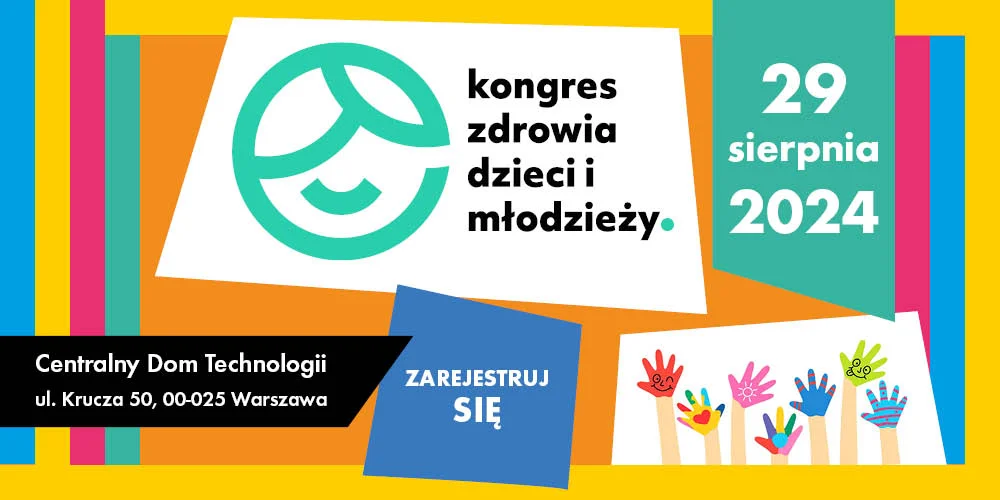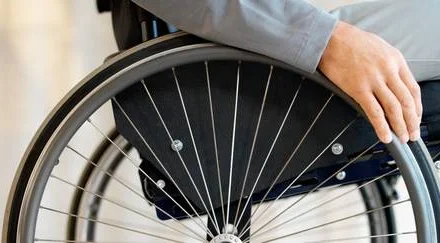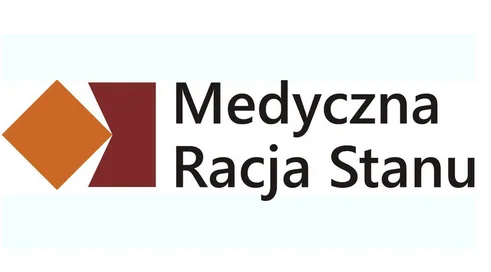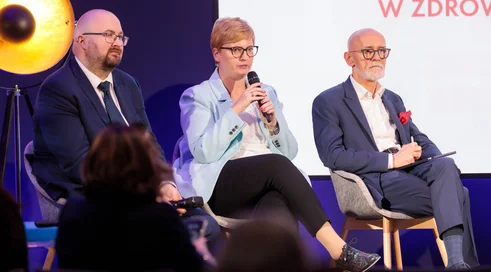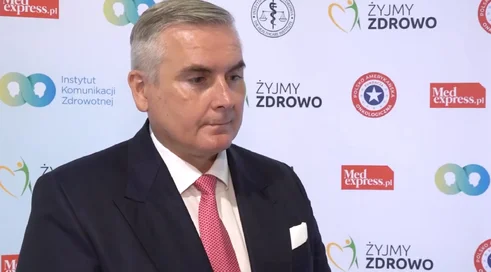There are 5.4 million people in our country declared as having a disability, accounting for more than 14 percent of the country's population (as of March 31, 2021). Legal confirmation of disability, i.e. a certificate issued by an authorized body, is held by nearly 3.5 million people. The Central Informatics Center estimates that the actual number of people with disabilities in Poland could be up to 7 million, while pointing out that a wider range of our country's population will benefit from improved accessibility (e.g. through texts written in simple language).
The NIK Delegation in Bydgoszcz conducted an audit entitled Implementation by selected local government units from the Kuyavian-Pomeranian Voivodeship of obligations to ensure accessibility for persons with special needs. The rationale for the audit was the requirements imposed on public entities by the laws on digital accessibility of websites and mobile applications, and on ensuring accessibility for people with special needs. They d...
Content locked
To gain access to the complete English section of the Medexpress.pl, kindly reach out to us at [email protected].




